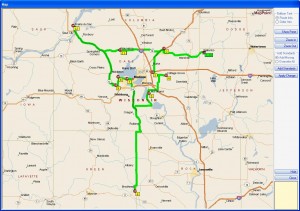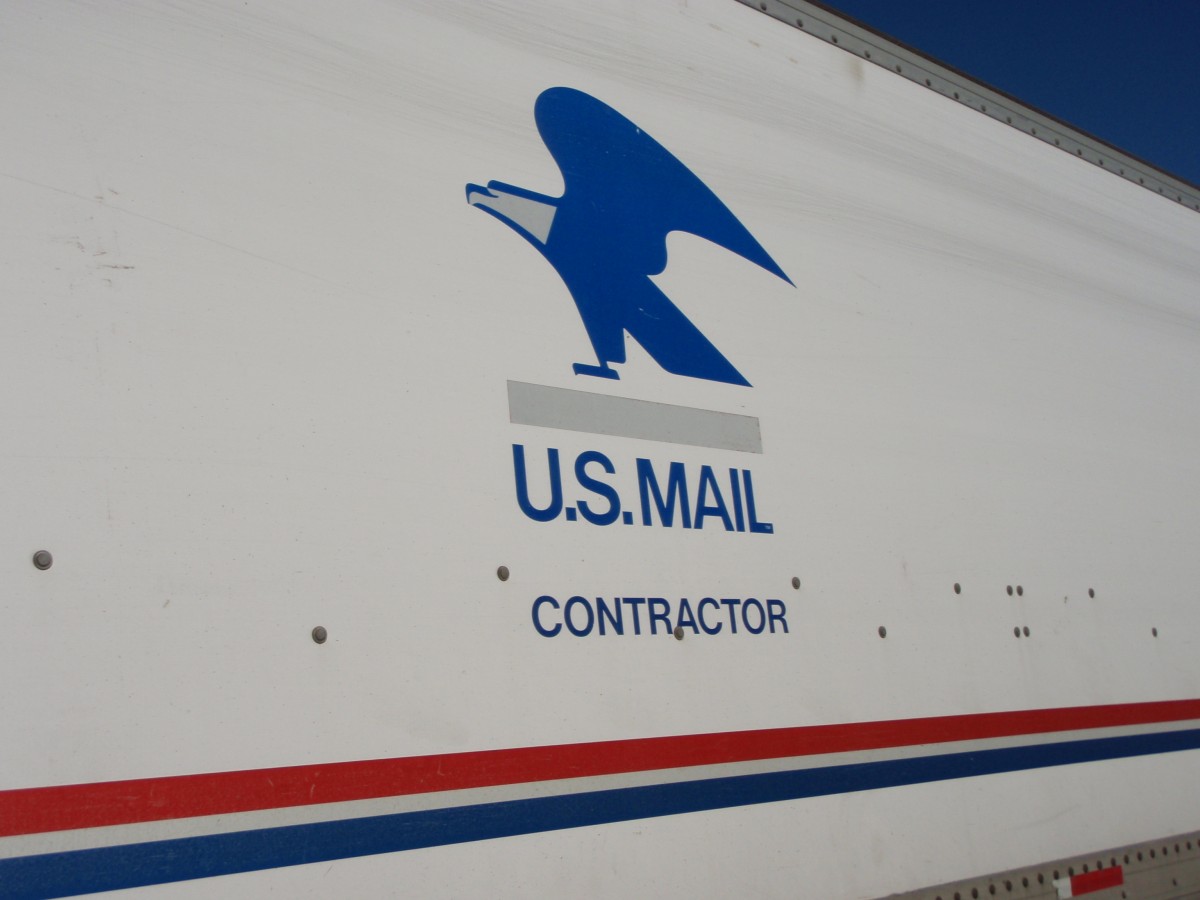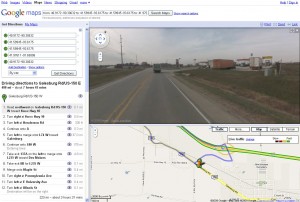Load and Work Planning
Create loads or plan work by using templates, electronic imports, or create work ad hoc.
Recurring work or repeating loads are created and automatically scheduled in virtually any frequency for any length of time. Have a load that runs 3 days a week except on holidays, when it runs the day after certain holidays? LoadTrek can handle it.
Loads can have multiple stops, events, tasks, and equipment swaps. Bar code scanning, verification of pieces picked up and delivered, specific tasks, equipment swaps and instructions can be tied to each stop.
LoadTrek tracks the “load” or work regardless of how many drivers, pieces of equipment, or tasks are involved. Common examples are oilfield well servicing, multi-stop loads, and postal trips.
A common well service may involve 30 pieces of equipment, 45 people, and take 3 days. Some of these people and equipment are not needed the entire job, but some are. LoadTrek allows you to track the job, and each person and piece of equipment attached to that job. Move people and equipment as needed, without losing track of location and tasks.


Postal or package contracts have their own challenges. Highway Contract Routes for the United States Post Office have a specific set of requirements for driver pay, fuel usage, and exact time targets. The mail must remain secure and remotely visible at all times, and scheduled times are not “time windows”. FedEx and UPS have demanding requirements for their contractors’ compliance to route plans and times.
Long haul routes typically service US Post Office national distribution centers (also known as NDCs) or FedEx and UPS facilities. If a trip leaves New Jersey and arrives in Seattle, it may involve pickups and deliveries along the way, and use 11 drivers and 4 tractors to move that trailer and its load. The trailer only stops to allow driver and equipment swaps, or at authorized pickup/delivery points.

